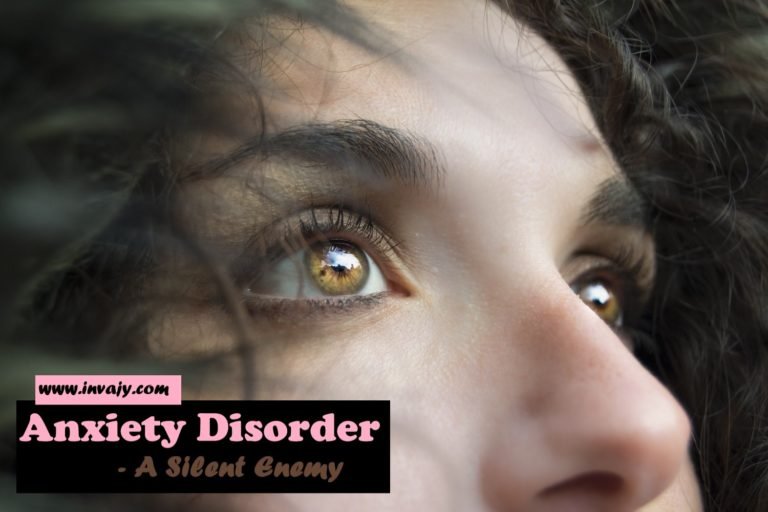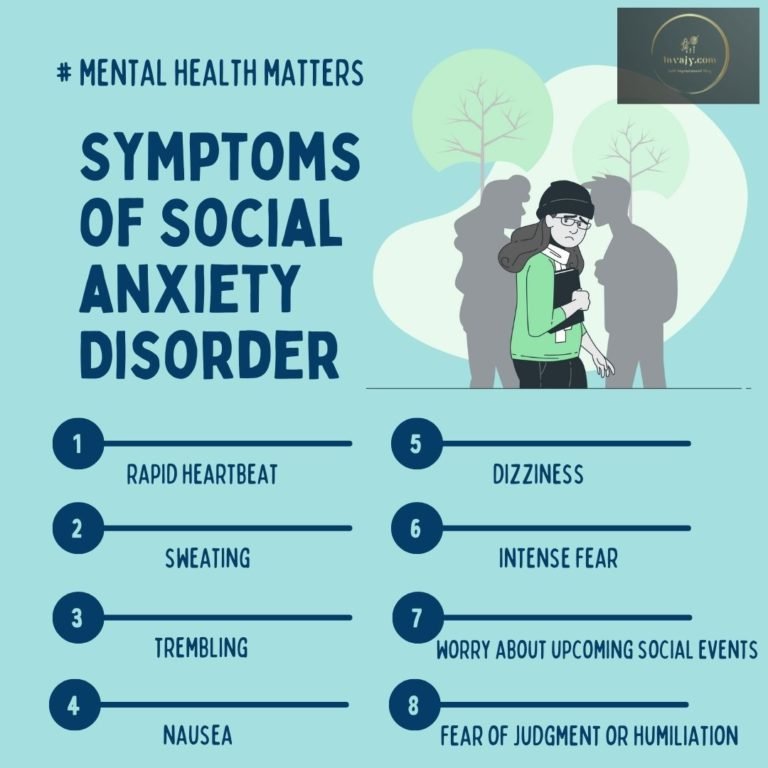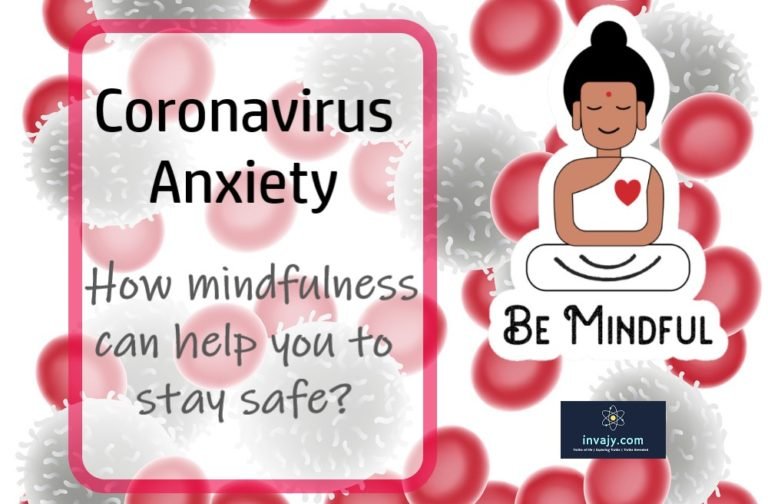Borderline Personality Disorder (BPD) Treatment Tips and Managing Strategies
Understand Borderline Personality Disorder with insights into its symptoms, causes, and treatment options. Learn how to recognize the signs and find effective strategies for support and management.
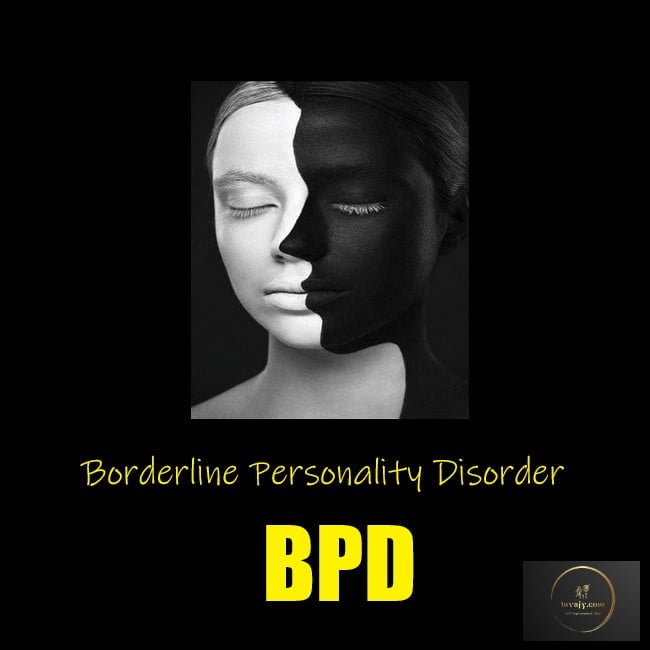
Managing Borderline Personality Disorder (BPD) can be a complex and challenging process. You might feel like every day is a struggle. But there are lots of things that could help. With the right treatment and support, people with BPD can manage their symptoms and live a fulfilling lives. In this article, we will discuss about causes, symptoms, treatments and some steps that can help manage BPD.
What is Borderline Personality Disorder?
Borderline personality disorder (BPD), also known as emotionally unstable personality disorder (EUPD), is a personality disorder characterized by a long-term pattern of intense and unstable interpersonal relationships, distorted sense of self, and strong emotional reactions.
Borderline Personality Disorder (BPD) severely impacts a person’s thoughts and ability to regulate their emotions, and behaviors. Since, this disorder can make it challenging to regulate emotions; in turn it can lead to impulsive behavior, self-harm, and suicide attempts.
Causes of Borderline Personality Disorder
As with other mental health disorders, the causes of borderline personality disorder aren’t fully understood. Borderline personality disorder may be linked to:
Environmental Factors
Borderline personality disorder has previously been strongly associated with the occurrence of childhood trauma or ACE (Adverse Childhood Experience). Environmental factors such as a history of child abuse or neglect can be contributing to this disorder.
Genetics
Some studies of twins and families suggest that personality disorders may be inherited or strongly associated with other mental health disorders among family members.
Brain Abnormalities
Some research has shown changes in certain areas of the brain involved in emotion regulation, impulsivity and aggression. In addition, certain brain chemicals that help regulate mood, such as serotonin, may not function properly.
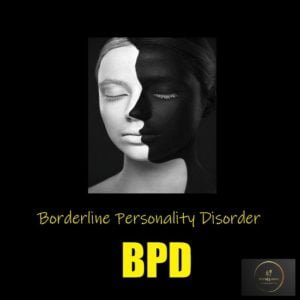
Borderline Personality Disorder Symptoms
Symptoms of BPD include
- a fear of abandonment,
- unstable relationships,
- a distorted self-image,
- impulsivity,
- explosive anger or short temperedness
- self-destructive behaviors
- extreme emotional swings
- emotional instability,
- suicidal behavior,
- feeling suspicious or out of touch with reality
- and feelings of emptiness.
BPD can make it difficult for people to maintain healthy relationships with friends and family, and it can cause significant distress in their personal and professional lives.
How to Manage Borderline Personality Disorder (BPD)?
While BPD can be challenging to treat, several effective strategies that can help manage the Borderline Personality Disorder.
Seek Professional Help
Seeking help from a mental health professional is the first step in managing BPD. Psychotherapy, medication, and support groups are some of the most effective treatments for BPD. A mental health professional can help determine which treatment option is best for you.
Psychotherapy
Psychotherapy, also known as talk therapy, is typically the first line of treatment for people with BPD. Various types of psychotherapy can be effective in treating BPD, including Dialectical Behavior Therapy (DBT), Cognitive Behavioral Therapy (CBT), and Schema Therapy. Long-term psychotherapy is currently the treatment of choice for BPD.

The dialectical behavior therapy (DBT) components are interpersonal (communication), distress tolerance, emotional regulation and mindfulness. In doing this, it helps the individual with BPD gain skills to manage symptoms. CBT is another therapy that helps people with BPD identify and change negative thought patterns that contribute to their emotional instability. Schema therapy is a longer-term therapy that helps people with BPD identify and change deeply ingrained patterns of thinking and behavior.
Medication
Medication can be useful in managing some of the symptoms of BPD, such as anxiety and depression. However, medication alone is not a primary treatment for BPD. Antidepressants, mood stabilizers, and antipsychotic medications are commonly used to treat BPD.
Self-Care
Self-care is an essential part of managing BPD. It involves developing healthy habits, such as regular exercise, healthy eating, and getting enough sleep. Self-care can also include activities that promote relaxation and stress relief, such as meditation and yoga.
Be careful with alcohol or drug use and and also ensure spending some time in green space. All these self-care initiatives can boost your overall wellbeing.
Support Groups
You may try Peer support. Peer support brings together people who’ve had similar experiences. Some people find this very helpful. Such Support groups provide a safe and supportive environment for people to share their experiences and connect with others who are going through similar challenges. Support groups can be found through local mental health organizations, online forums, and social media groups.
Support groups can be a valuable resource for people with BPD.
Keep a Mood Journal
Keep a mood or an emotion journal and record your feelings over several days or weeks. Recording your emotions, thoughts and moods in a diary could help you spot patterns in what triggers difficult experiences for you. Or notice early signs when they’re beginning to happen.
Try noting down difficult thoughts or feelings. This might help get them out of your head and make them feel less overwhelming. You can then reflect on them when you feel calmer or talk about them with someone you trust.
Practice Mindfulness
Mindfulness involves focusing fully on the present moment while calmly accepting your own thoughts and feelings. Mindfulness practice is a core component of Dialectical Behavior Therapy (DBT), as discussed above and was specifically developed to treat Borderline Personality Disorder (BPD).
Practice mindfulness of your emotions. Notice the emotion you are having and let yourself experience it as a wave without trying to block it, suppress it, or hold onto it. Try to accept the emotion for what it is. Try to stay in the moment so you do not carry the past emotions along with it.

You can become more aware of your internal states by learning to be more mindful. Through enhanced awareness about your feelings, you can also understand in better way about your automatic negative thoughts that often contribute to emotional problems and impulsive behavior.
Facts about Borderline Personality Disorder
Here are the important facts about BPD that you should know.
- Around 1.4 % of people in the United States are affected by BPD.
- Risk for self-harm and suicide is high in people with BPD. According to the American Psychiatric Association, 10% of people suffering from BPD commit suicide, 70% attempt suicide, while 90% engage in self harm activities.
- BPD causes excessive mood shifts & uncertainty.
- Borderline personality disorder is not the same as bipolar disorder.
- BPD can exist with other mental disorders.
- BPD can be treated fully.
- Therapy is the best form of treatment for BPD.
- There are no specific medications for BPD. However, medications may be prescribed by psychiatrists to manage specific symptoms.
Wrapping Up!
In conclusion, BPD is a challenging condition that can have a significant impact on a person’s life. However, with the right treatment and support, people with BPD can manage their symptoms and lead fulfilling lives. If you or someone you know is struggling with BPD, it is essential to seek help from a mental health professional. With the right treatment and support, it is possible to manage BPD and lead a fulfilling life.
Over to You
I hope, if you will use above tips and strategies for the treatments for BPD; you will surely be able to manage this mental health condition in a better way.
That’s all from my side. I hope, you liked this article on Borderline Personality Disorder. Please share this on your favorite social media portals with your friends and relatives.
(Medical Disclaimer: This article is for general information only. It is not intended to be a substitute for professional medical advice, diagnosis or treatment. Before adopting preventive methods/measures/treatment, please seek medical advice.)


